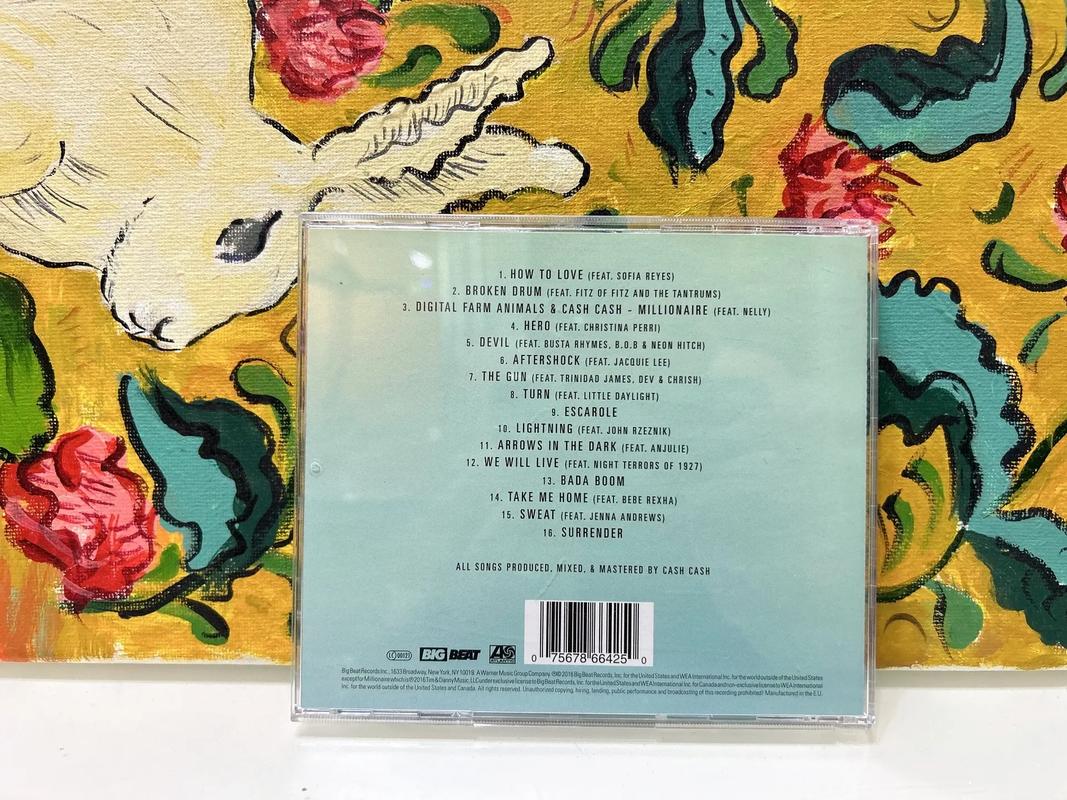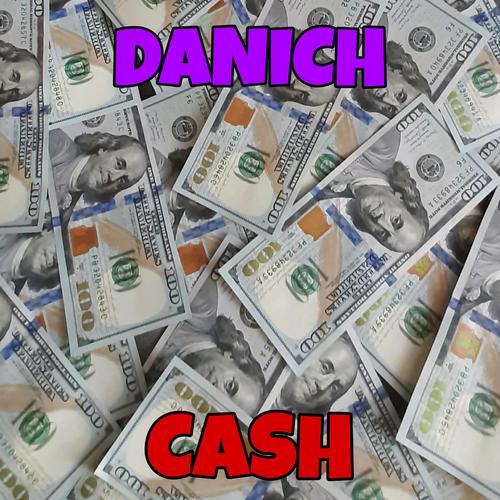
Cashflow Game: Rich Dad’s Financial Education Tool
Are you tired of watching your hard-earned money slip through your fingers? Do you wish you had a better understanding of how to manage your finances? Look no further than the Cashflow Game, created by Robert Kiyosaki, the author of “Rich Dad Poor Dad.” This game is designed to teach you the basics of personal finance in a fun and interactive way. Let’s dive into the details of this game and see how it can transform your financial life.
Understanding the Game
The Cashflow Game is a board game that simulates the real-life financial decisions you make every day. It’s designed to teach players how to increase their cash flow, manage debt, and build wealth. The game is played by two to four players, each representing a different financial persona: the Employee, the Self-Employed, the Business Owner, and the Investor.

Players start with a set amount of cash and assets, and they move around the board by rolling dice. Each space on the board represents a different financial decision or event, such as earning income, paying bills, investing in real estate, or dealing with unexpected expenses. The goal of the game is to move from the “Rat Race” (where players are just earning enough to pay their bills) to the “Fast Track” (where players are earning enough to live off their investments and passive income).
Game Components
The Cashflow Game comes with a variety of components that help simulate real-life financial scenarios. Here’s a breakdown of what you’ll find in the box:
| Component | Description |
|---|---|
| Board | The game board features different spaces representing financial decisions and events. |
| Game Pieces | Players use these pieces to move around the board. |
| Cash and Asset Cards | These cards represent different income sources, expenses, and investments. |
| Debt Cards | These cards represent different types of debt, such as mortgages and credit card debt. |
| Real Estate Cards | These cards represent different real estate properties and their associated income and expenses. |
| Investment Cards | These cards represent different investment opportunities, such as stocks and bonds. |
Gameplay
Gameplay is straightforward. Players take turns rolling the dice and moving their game pieces around the board. When they land on a space, they must perform the action or decision represented by that space. For example, landing on the “Real Estate” space might require them to purchase a property, while landing on the “Investment” space might require them to buy stocks or bonds.
Players earn income from their jobs, businesses, and investments, and they must pay their bills and debts as they come due. The game continues until one player reaches the “Fast Track,” at which point they win the game. The other players must continue playing until they also reach the Fast Track or until the game ends.

Financial Lessons
The Cashflow Game is designed to teach players several important financial lessons:
-
Understanding the difference between assets and liabilities
-
Learning how to increase cash flow
-
Managing debt and avoiding financial traps
-
Investing in real estate and other assets to build wealth
-
Creating a financial plan and sticking to it
By playing the game, players can gain a better understanding of how their financial decisions impact their overall wealth and well-being. They can also learn from their mistakes and make more informed decisions in the future.
Conclusion
The Cashflow Game is a powerful tool for anyone looking to improve their financial literacy and build wealth. By simulating real-life financial scenarios, the game teaches players valuable lessons about managing their money, increasing their cash flow, and building a secure financial future. So, if you’re ready to take control of your finances and start building wealth, consider giving the Cashflow Game a



